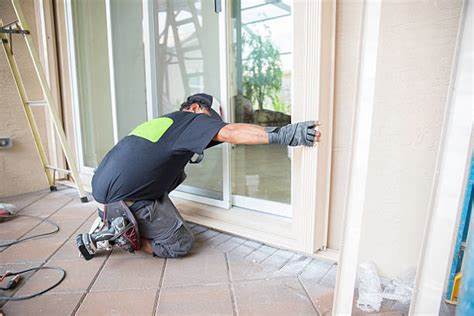Replacing a door involves precise measurements to ensure a proper fit. This guide will help you measure your door size accurately, covering everything from understanding your door frame and existing door to the details of measuring a door jamb. Whether you’re working with a prehung front door or just a door slab, we’ll provide step-by-step instructions to make sure your new door fits perfectly.
Continue reading to learn how to measure your door size correctly and ensure a smooth replacement process.
Understanding Door Components
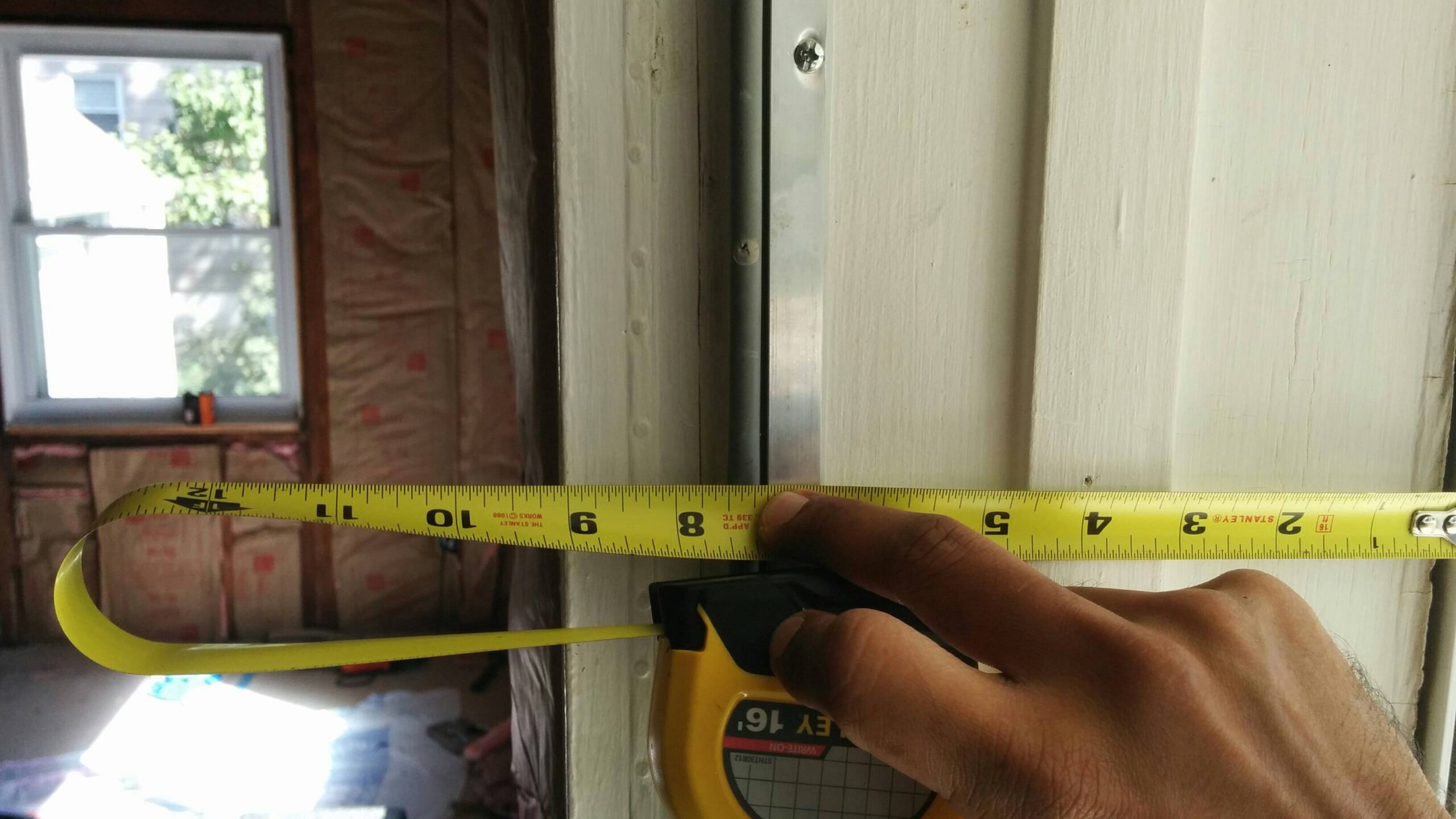
When replacing a door, understanding its components is crucial. Each part plays a role in how the door fits and functions. Here’s an overview of the main components:
- Door Frame: The door frame is the structure surrounding the door. It supports the door and ensures it fits correctly within the wall. Accurate measurements of the door frame are crucial for fitting the replacement door correctly.
- Door Jamb: The door jamb is the vertical part of the frame where the door attaches. It includes the hinges and helps the door swing open and close smoothly. Be sure to measure the jamb width and depth accurately, as these dimensions are critical for the door to function correctly.
- Door Slab: The door slab is the actual door panel. It does not include the frame, hinges, or hardware. In some cases, you might need to measure just the door slab rather than the entire unit. This is common when only replacing the door itself without changing the frame.
- Rough Opening: The rough opening is the space where the door frame fits within the wall. It is larger than the door frame to allow for adjustments during installation. Accurate measurements of the rough opening are vital for a secure and snug fit. This space accommodates the door frame and provides the necessary room for shimming and leveling the door.
Understanding these components and measuring them accurately ensures that your replacement door will fit and function properly. Proper measurements of the door frame, door jamb, door slab, and rough opening are essential for a successful door replacement project.
Step-by-Step Measurement Guide
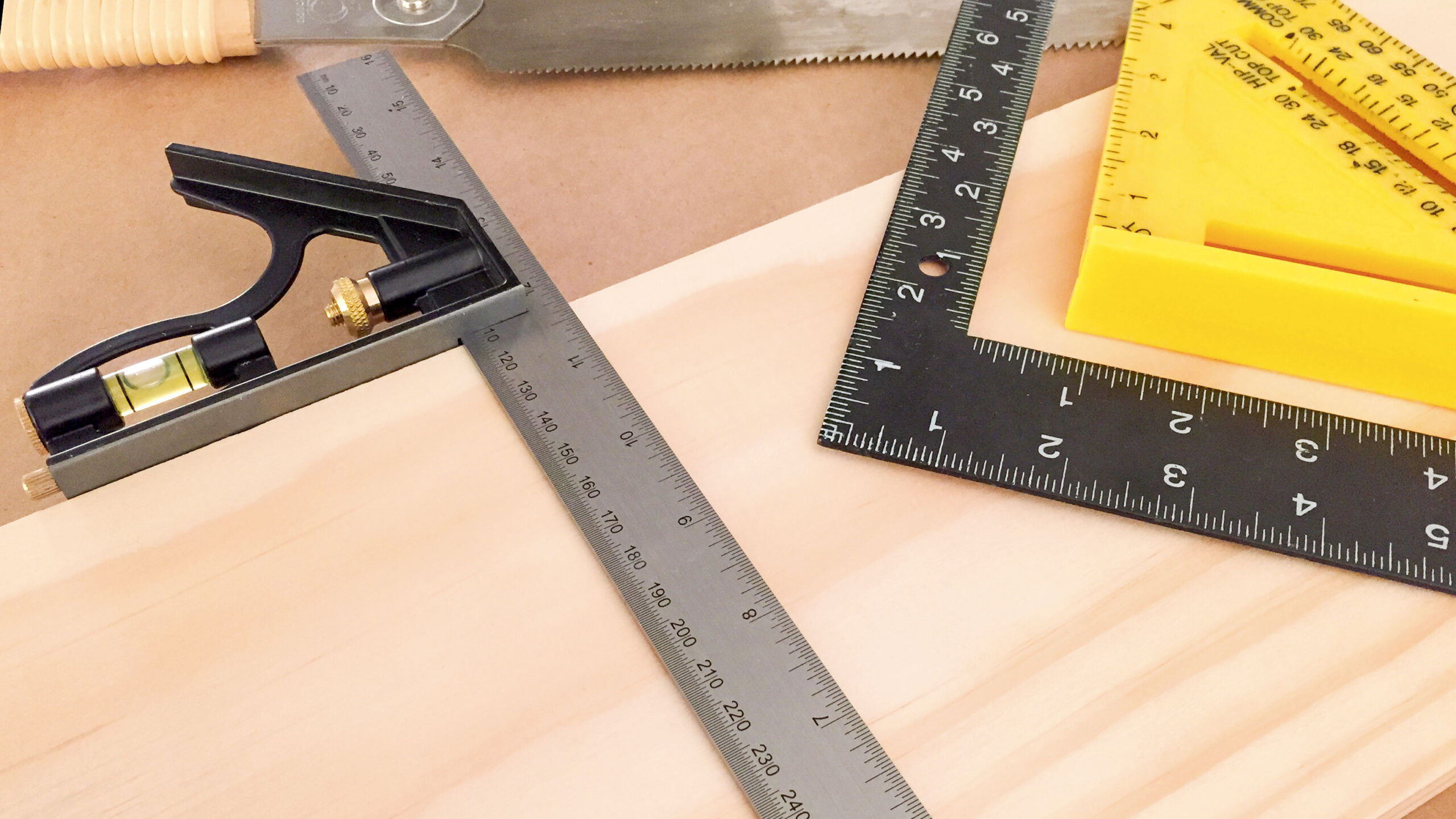
Measuring your door and its components accurately ensures that the new door will fit perfectly. Follow these steps for a comprehensive measurement process.
Measuring the Existing Door
- Measure the width of the existing door from the inside edge to the outside edge. Use a tape measure and ensure you get the smallest measurement to avoid fitting issues. This step is crucial for ensuring the new door width matches the existing door frame and provides a snug fit.
- Measure the height of the door from the top edge to the bottom edge. Accurate height measurements ensure the door opens and closes without obstruction. Measure from the sill height to the top edge to account for the full door height.
- Measure the thickness of the door slab. This is crucial for fitting the door within the existing frame. The door thickness must match the existing frame to ensure the door swings properly and fits securely.
Measuring the Door Frame
- Measure the width of the door frame from one side jamb to the other. This helps determine the correct door width. Use the tape measure to measure the width across the door opening, ensuring that the door unit will fit perfectly.
- Measure the height of the door frame from the sill height to the top edge. Ensure the measurement is accurate for a perfect fit. This ensures the door frame will accommodate the new door properly.
- Measure the depth of the door jamb from the inside edge to the outside edge. This measurement is important for the door to sit correctly within the frame. Accurate jamb depth ensures that the door aligns well with the interior trim and exterior trim.
Measuring the Rough Opening
- Measure the width of the rough opening from one side to the other. Ensure you measure the smallest width for accuracy. This space must be measured precisely to ensure the door frame fits snugly and securely.
- Measure the height of the rough opening from the floor to the top edge. Accurate measurements help the door fit properly. This is especially important for exterior doors and entry doors where precise fitting is crucial for security and insulation.
- Measure the depth of the rough opening. This ensures the door frame will fit snugly within the opening. Accurate depth measurement is vital for the door to align with the existing frame and the surrounding wall structure.
Special Considerations

Different types of doors have unique measurement requirements. Here are some special considerations to keep in mind when measuring for various door types.
Exterior Doors
Exterior doors need to withstand weather conditions. Measure carefully to ensure the door fits well and provides good insulation. Exterior doors need to withstand various weather conditions such as rain, wind, and extreme temperatures. Ensuring the door fits well and seals properly is crucial for insulation and energy efficiency. Pay special attention to the exterior edge and ensure it aligns perfectly with the door frame to prevent drafts and water intrusion. Choose materials that offer good insulation.
Front Doors
Front doors often have unique sizes and require precise measurements. Ensure you measure all dimensions accurately. Front doors are often larger and more decorative than other exterior doors. Front doors might include sidelights or transoms. Measure these additional components to ensure the entire door unit fits perfectly within the rough opening. Front doors can be made of various materials such as wood, fiberglass, or steel.
Prehung Doors
A prehung door includes the frame. Measure the entire door unit to ensure it fits within the rough opening. When dealing with a prehung door, you need to measure the complete assembly, including the door slab, frame, and any attached hardware. Measure the door unit’s width and height, ensuring you account for the exterior edge of the frame. This will help in fitting the door properly within the rough opening. Prehung doors are easier to install because they come with the frame attached.
Also Read: Choose the Right Patio Doors for Your Home in Fort Worth TX
Additional Measurements
In addition to basic measurements, consider these additional factors to ensure a perfect fit:
Sill Height
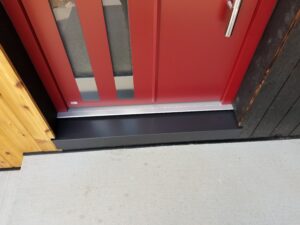
Measure the sill height from the floor to the bottom of the door frame. This affects door clearance and fitting. Accurate sill height measurement ensures that the door will open and close without scraping the floor or leaving too much of a gap.
Floor Clearance
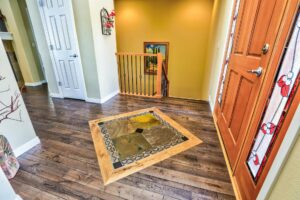
Measure the clearance between the door and the floor covering. Ensure there is enough space for the door to open and close smoothly. This is especially important for rooms with thick carpets or rugs, as insufficient clearance can cause the door to drag.
Exterior Edge

Measure the exterior edge for exterior doors. This ensures the door fits well and provides adequate weather protection. Accurate measurement of the exterior edge is crucial to prevent drafts and water intrusion, enhancing the door’s insulating properties.
Tips for Accurate Measurements
Accurate measurements are key to a successful door replacement. Here are some tips to help you measure precisely:
- Double-Checking All Measurements: Always double-check your measurements to avoid mistakes. Accurate measurements ensure the door fits perfectly. Take the time to re-measure and confirm all dimensions before proceeding with the purchase or installation.
- Getting Help from a Family Member: Having a family member assist you can make measuring easier and more accurate. They can hold the tape measure and help ensure precise readings. This teamwork can prevent errors and make the process smoother.
- Removing Interior Trim for Precise Measurements: Remove the interior trim to get the most accurate measurements. Use a flat pry bar carefully to avoid damaging the frame. Removing the trim allows you to measure the exact dimensions of the door opening without any obstructions.
Common Pitfalls to Avoid
Avoid these common mistakes to ensure a smooth door replacement process:
Ignoring Frame Condition
Check the condition of the existing frame. Ignoring damage or warping can lead to fitting issues with the new door. Ensure the frame is sturdy and in good shape before taking measurements and installing the new door.
Overlooking Door Swing Direction
Always consider the door swing direction. Installing the door with the wrong swing can cause functionality problems. Verify whether you need a left-hand or right-hand swing door to match the room layout and avoid operational issues.
Forgetting to Measure the Jamb Width
Don’t forget to measure the jamb width. This measurement is crucial for fitting the door correctly within the frame. An accurate jamb width ensures that the door will fit snugly and operate smoothly.
Recap and Importance of Accurate Measurements
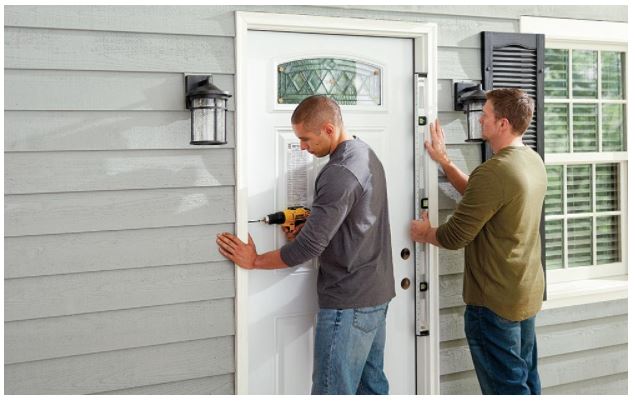
Accurate measurements are crucial for a successful door replacement. Whether you’re installing an exterior door, wood door, or your dream door, precise measurements ensure a perfect fit. Most exterior doors require careful attention to detail.
To measure a door correctly, consider the interior edge, left side, and overall door measurements. Simply measure the width, height, and thickness of your old door, but don’t forget the frame and rough opening.
By taking time to measure each component accurately, from the edge of the door to the jamb, you’ll avoid common pitfalls and ensure a smooth installation. Follow this guide for a seamless replacement process, whether you’re updating an interior or exterior door.

